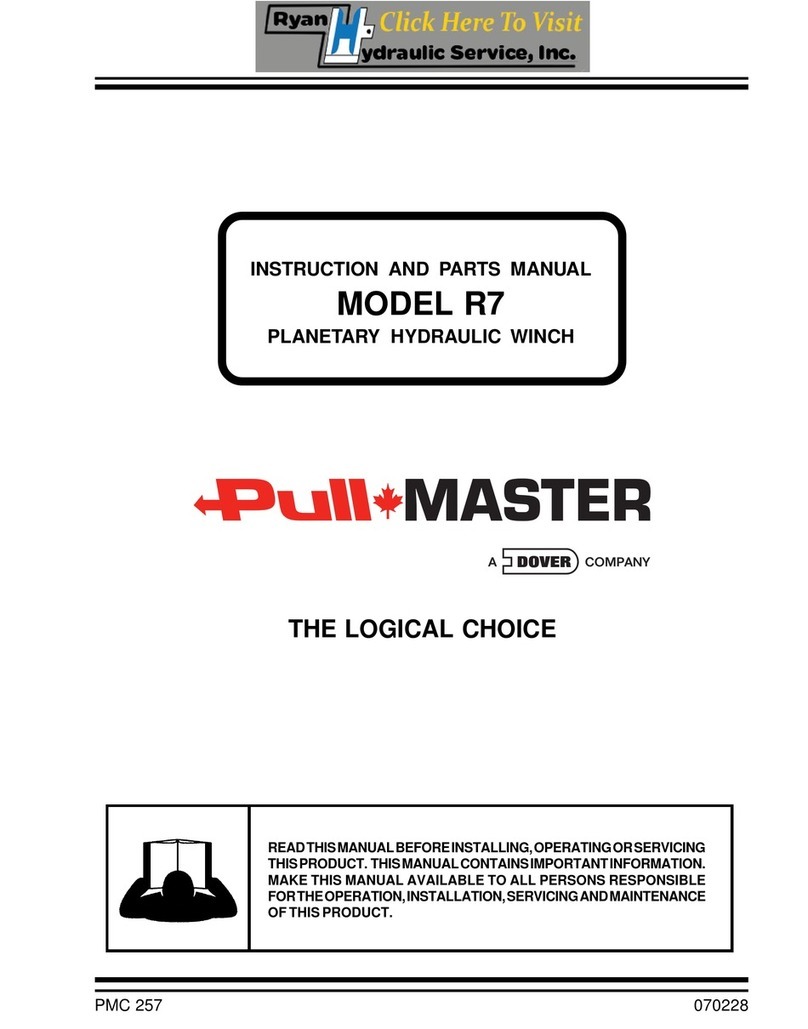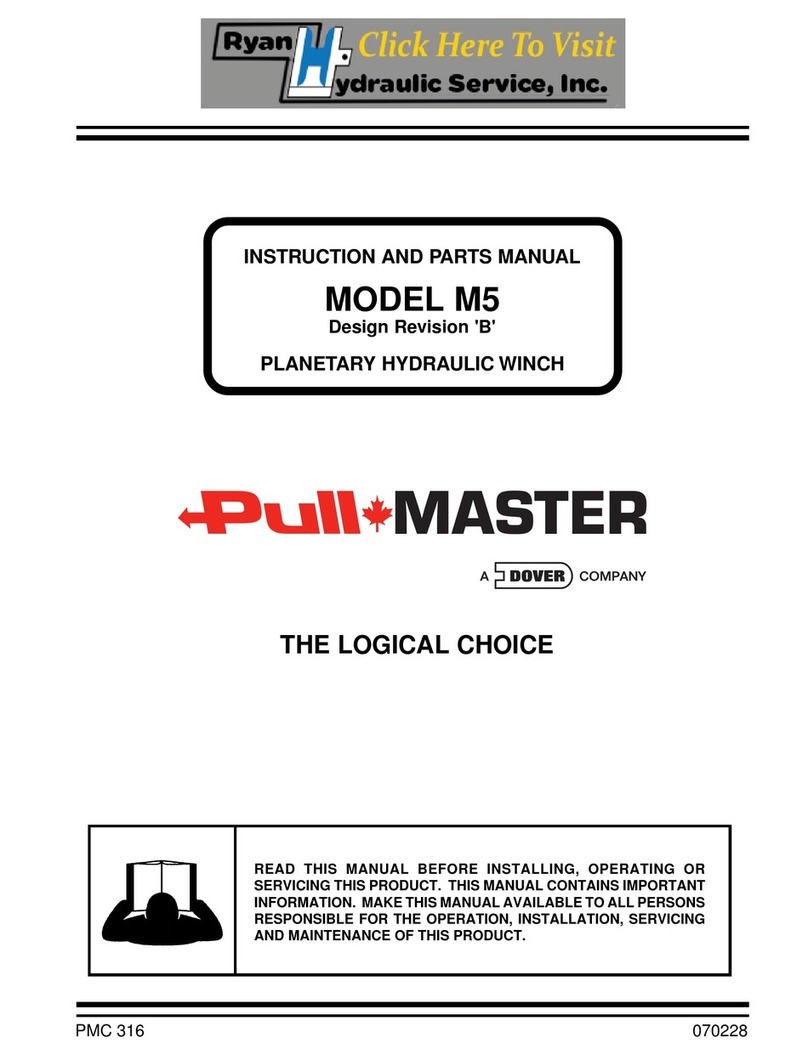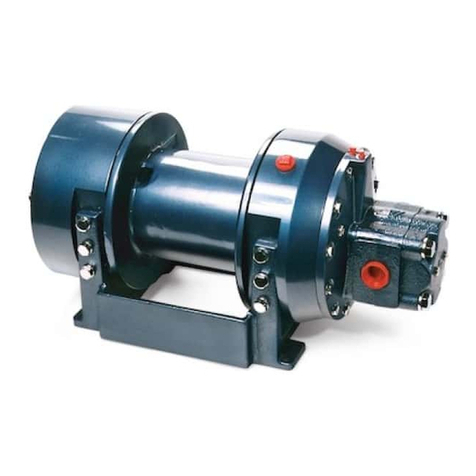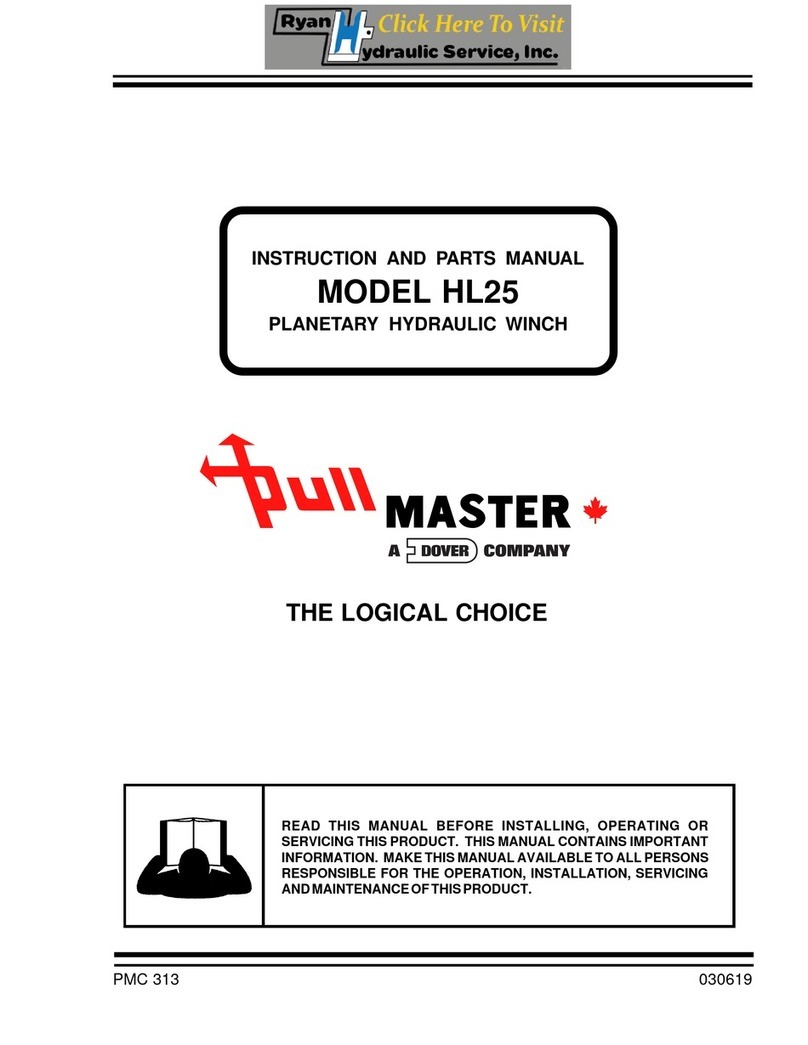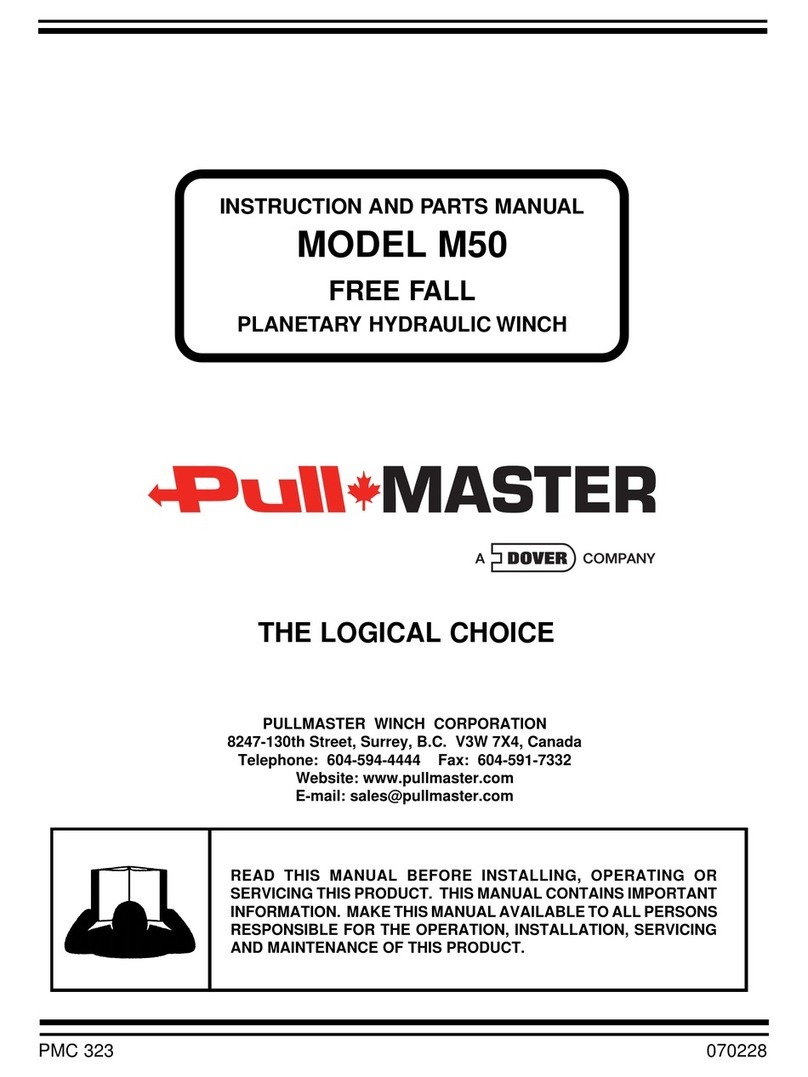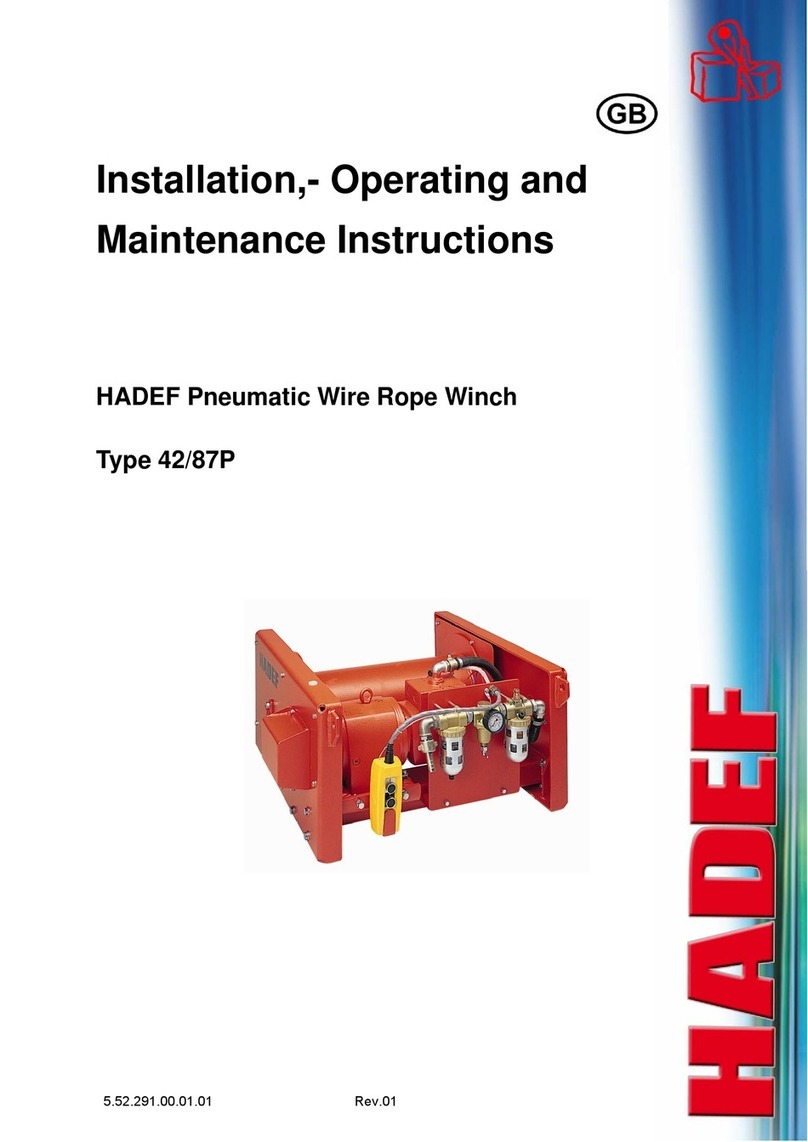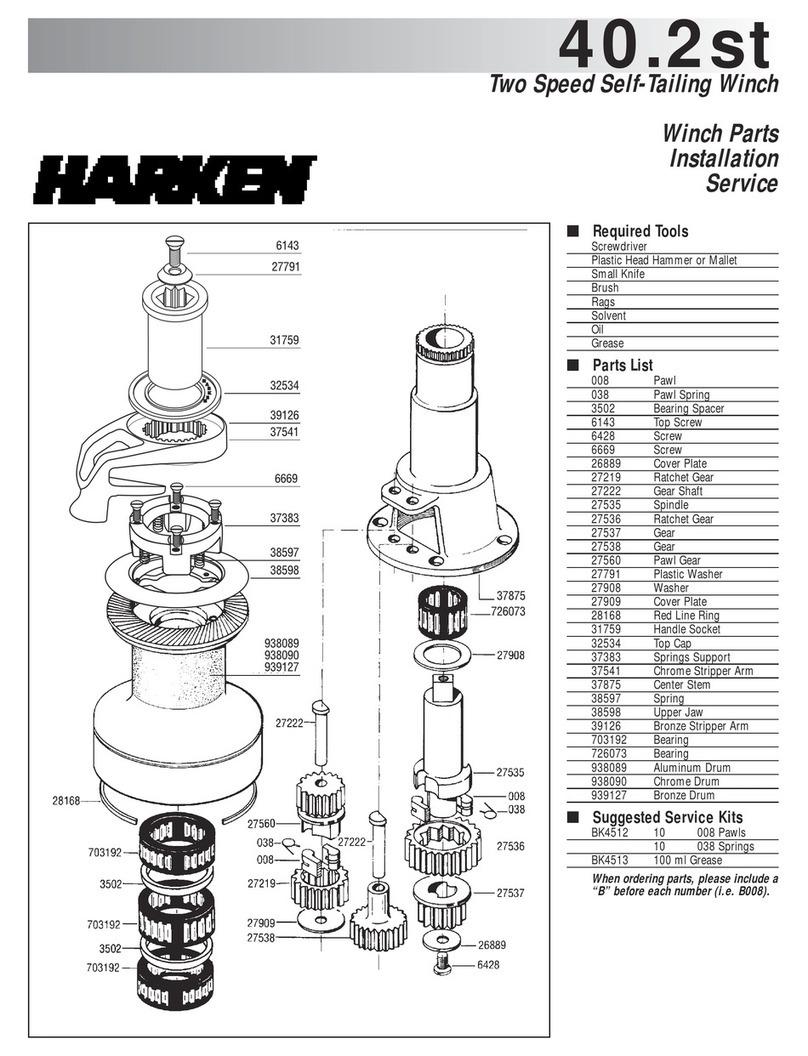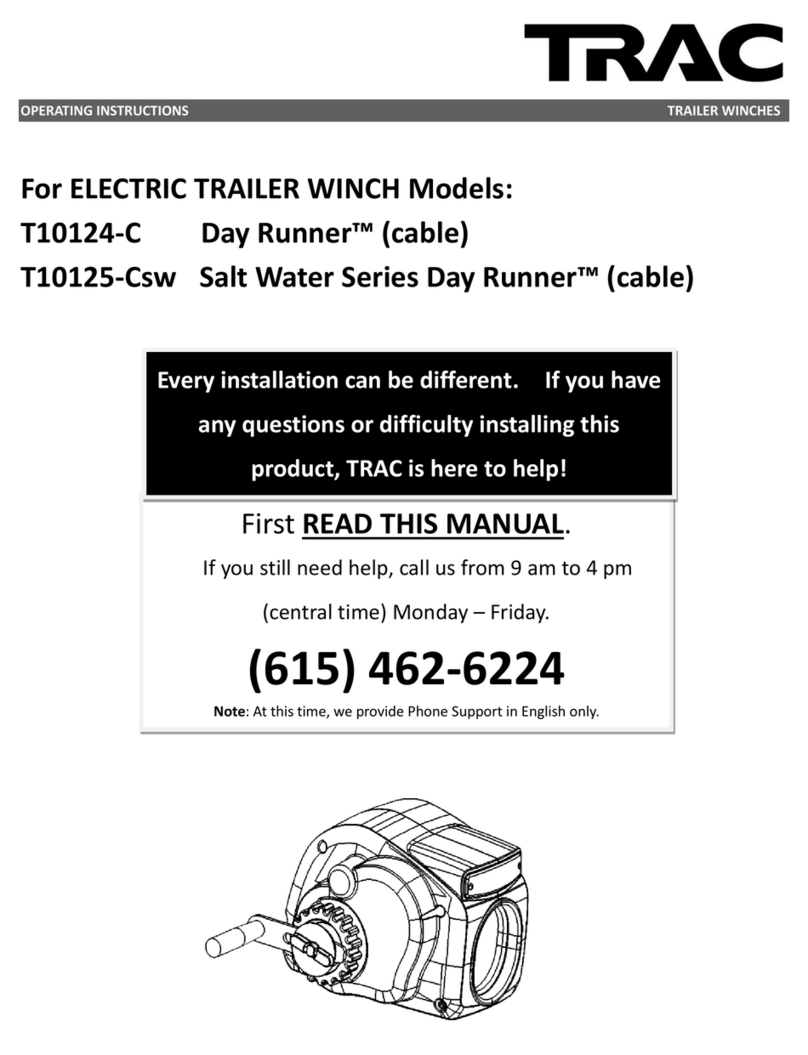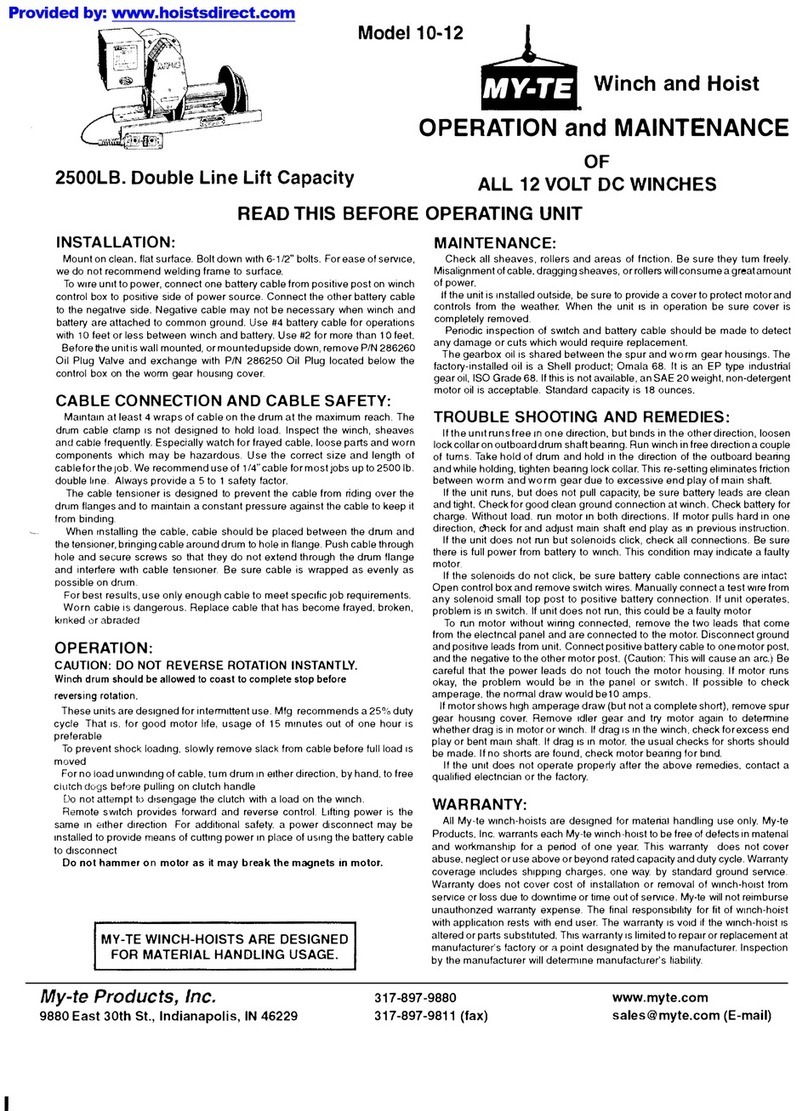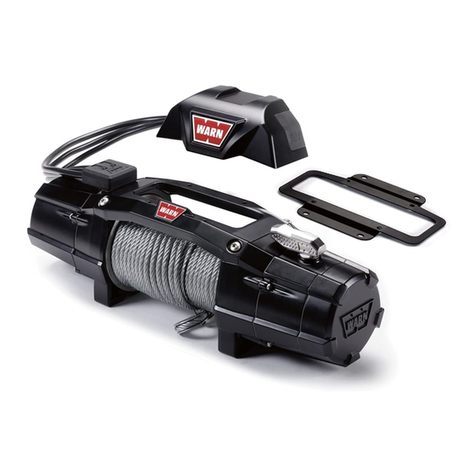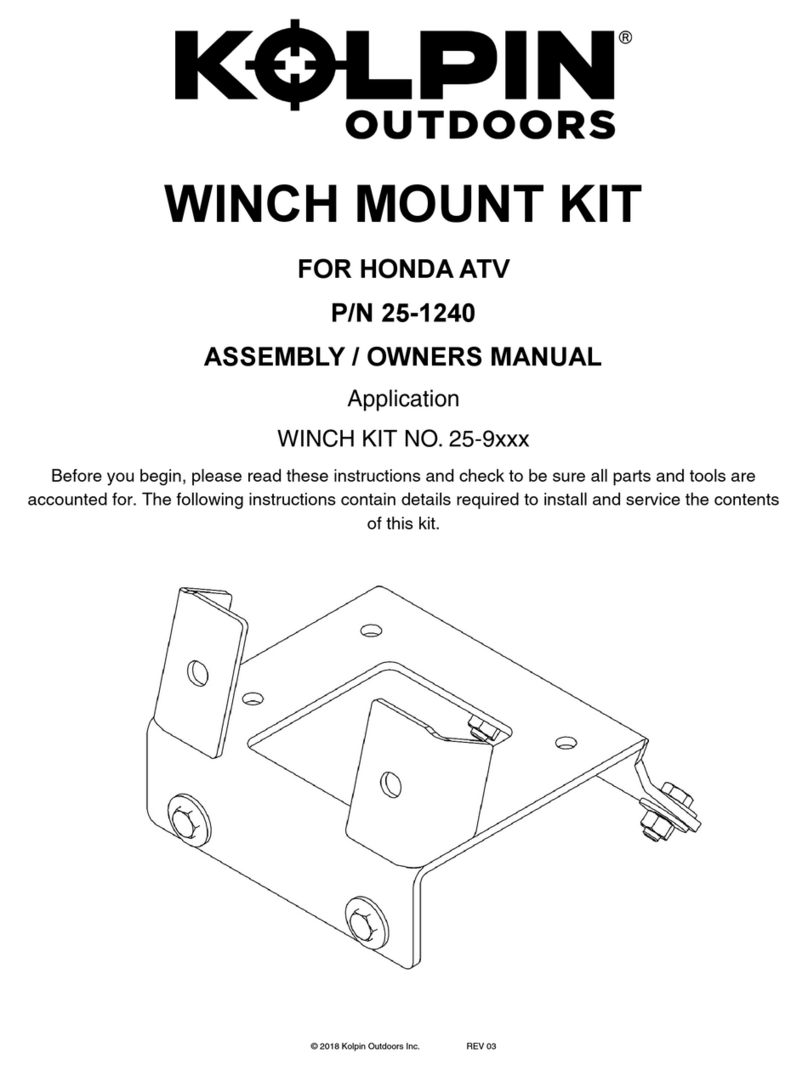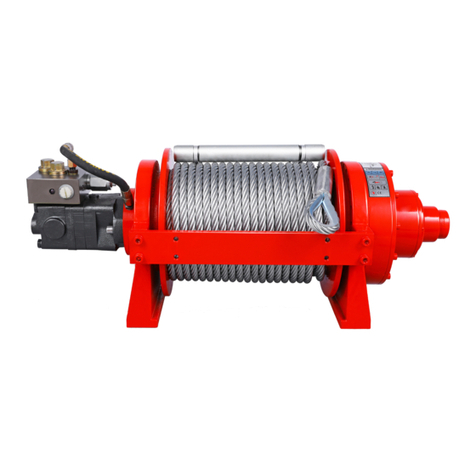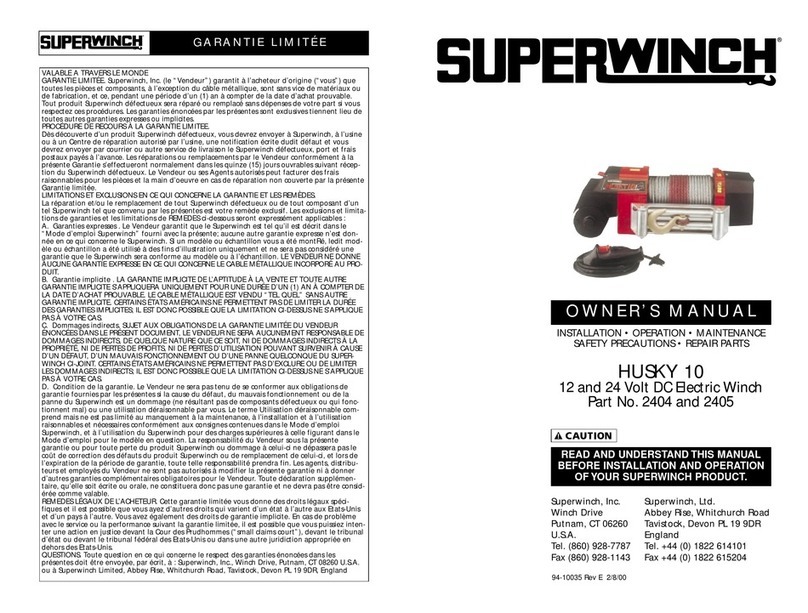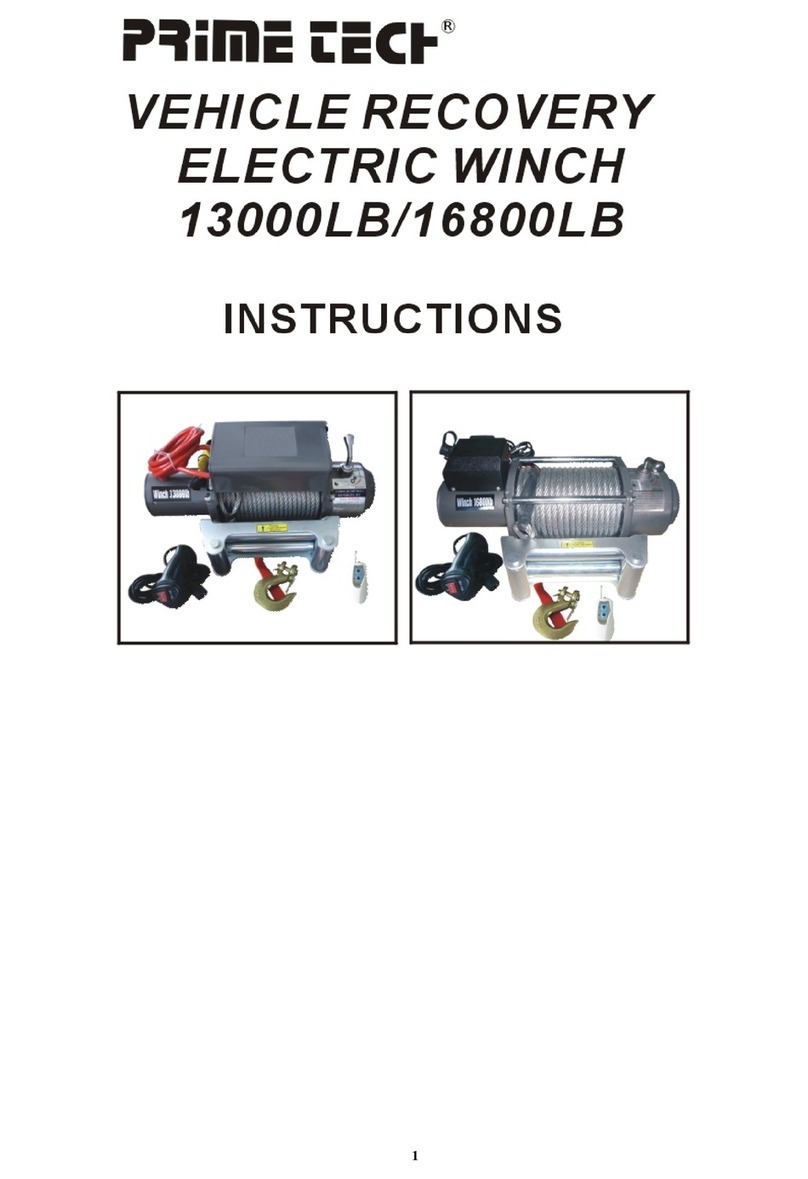US.DIST.01.01.07 [PULLMASTER LOGO]
Pullmaster Limited Warranty Effective 8/1/2008
SUPERSEDES ALL PRIOR WARRANTIES
Seller warrants that each article (whether Gear Drive Products, Brake Products and/or Winch Products, all of which are covered hereunder)
sold under this order shall at the time of shipment (i) conform to applicable specifications, and (ii) be free from defects in material and
workmanship during normal and ordinary use and service (the "Warranty").
Buyer's exclusive remedy and Seller's sole obligation under this Warranty shall be, at Seller's option, to repair or replace any article or part
thereof which has proven to be defective, or to refund the purchase price of such article or part thereof. Buyer acknowledges that Buyer is
knowledgeable concerning the articles covered by this Warranty and sold in connection therewith which are being purchased, that Buyer has
reviewed this Warranty and that the remedies provided hereunder are adequate and acceptable to Buyer.
This Warranty shall expire one (1) year from the date the article is first shipped by Seller. Notice of claimed breach of this Warranty must be
given by Buyer to Seller within the applicable period. Such notice shall include an explanation of the claimed warranty defect and proof of
date of purchase of the article or part thereof for which warranty coverage is sought. No allowances shall be made by Seller for any
transportation, labor charges, parts, "in and out" costs, adjustments or repairs, or any other work, unless such items are authorized in writing
and in advance by Seller. Nor shall Seller have any obligation to repair or replace items which by their nature are expendable.
If an article is claimed to be defective in material or workmanship, or not to conform to the applicable specifications, Seller will either
examine the article at Buyer's site or issue shipping instructions for return to Seller. This Warranty shall not extend to any articles or parts
thereof which have been installed, used, or serviced otherwise than in conformity with Seller's applicable specifications, manuals, bulletins,
or instructions, or which shall have been subjected to improper installation, operation, or usage, misapplication, neglect, incorrect
installation, overloading, or employment for other than normal and ordinary use and service. This Warranty shall not apply to any article
which has been repaired, altered or disassembled, or assembled by personnel other than those of Seller. This Warranty shall not apply to
any article upon which repairs or alterations have been made (unless authorized in writing and in advance by Seller). This Warranty shall
not apply to any articles or parts thereof furnished by Seller to Buyer's specifications and/or furnished by Buyer or acquired from others at
Buyer's request.
SELLER MAKES NO EXPRESS WARRANTIES AND NO IMPLIED WARRANTIES OF ANY KIND, OTHER THAN THE WARRANTY
EXPRESSLY SET FORTH ABOVE. SUCH WARRANTY IS EXCLUSIVE AND IS MADE AND ACCEPTED IN LIEU OF ANY AND ALL
OTHER WARRANTIES, EXPRESS OR IMPLIED, INCLUDING WITHOUT LIMITATION THE IMPLIED WARRANTIES OF
MERCHANTABILITY AND FITNESS FOR A PARTICULAR PURPOSE.
Buyer expressly agrees that Seller is not responsible to perform any work or investigation related in any way to tensional vibration issues
and is not responsible for the detection or remedy of Natural Frequency Vibration of the mechanical system in which the unit is installed.
Buyer acknowledges, understands and agrees that this Warranty does not cover failures of the unit which result in any manner from the
operation of the machine or unit at vibration frequencies at or near the natural frequency vibration of the machine in such a way that damage
may result. Buyer expressly agrees that Seller is not responsible for failure damage or accelerated wear caused by machine or ambient
vibration. Further, Buyer acknowledges and agrees that Buyer is always solely responsible for determination and final approval of the
“application factor”which may be used in Seller’s calculations, and this application factor is 1.0 unless otherwise stated in Seller’s quotation
specifications.
The remedies for this Warranty shall be only those expressly set forth above, to the exclusion of any and all other remedies of whatsoever
kind. The limited remedies set forth above shall be deemed exclusive, even though they may fail their essential purpose. No agreement
varying or extending the foregoing Warranty, remedies, exclusions, or limitations shall be effective unless in a writing signed by an executive
officer of Seller and Buyer. This Warranty is non-transferable. If a party who had purchased articles from Buyer, or from persons in privity
with Buyer, brings any action or proceeding against Seller for remedies other than those set forth in this Warranty, Buyer agrees to defend
Seller against the claims asserted in such action or proceeding at Buyer’s expense, including the payment of attorneys’fees and costs, and
indemnify Seller and hold Seller harmless of, from and against all such claims, actions, proceedings or judgments therein. Buyer also
agrees to defend and indemnify Seller of, from and against any loss, cost, damage, claim, debt or expenses, including attorneys’fees,
resulting from any claims by Buyer or third parties to property or injury to persons resulting from faulty installation, repair or modification of
the article and misuse or negligent operation or use of the article, whether or not such damage to property or injury to persons may be
caused by defective material, workmanship, or construction. ADVISORY: Winches and hoists are not approved for lifting or handling
personnel or persons unless specifically approved in writing from Seller for the specific intended application.
Under no circumstances shall Seller be liable (i) for any damage or loss to any property other than the warranted article or part thereof, or (ii)
for any special, indirect, incidental, or consequential damage or loss, even though such expenses, damages, or losses may be foreseeable.
The foregoing limitations on Seller's liability in the event of breach of warranty shall also be the absolute limit of Seller's liability in the event
of Seller's negligence in manufacture, installation, or otherwise, with regard to the articles covered by this Warranty, and at the expiration of
the Warranty period as above stated, all such liabilities shall terminate. Buyer’s purchase of any article(s) covered by this Warranty shall
constitute acceptance of the terms and conditions hereof and shall be binding upon Buyer and Buyer’s representatives, heirs and assigns.
The laws of the Province of British Columbia shall govern Buyer’s rights and responsibilities in regard to this Warranty and the transaction(s)
subject thereto, and the Province of British Columbia shall be the exclusive forum and jurisdiction for any action or proceedings brought by
Buyer in connection herewith or any dispute hereunder. If any of the terms and conditions contained within this Warranty are void, the
remaining provisions thereof are and shall remain valid and enforceable.
Note: Prices and specifications contained in this price book are subject to change without notice.




















